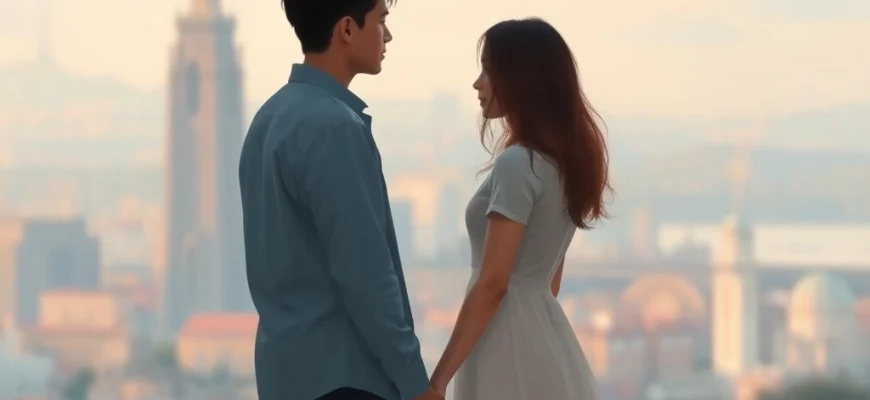If you loved the visually stunning and emotionally gripping world of 'Upside Down' (2012), you're in for a treat! This article explores 10 movies and shows that share its unique blend of romance, sci-fi, and breathtaking visuals. Whether you're drawn to its star-crossed lovers or its imaginative dual-world concept, these recommendations will keep you captivated.
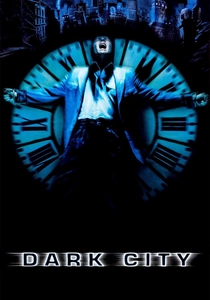
Dark City (1998)
Description: Presents a noir-inspired world where reality is constantly altered by mysterious beings, creating a sense of paranoia and uncertainty.
Fact: The film was released the same year as 'The Matrix' but initially struggled at the box office. The entire city set was built on a soundstage, with no location shooting.
 Watch Now
Watch Now 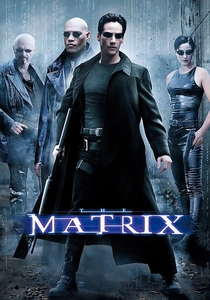
The Matrix (1999)
Description: Delves into the idea of a simulated reality controlled by machines, questioning the nature of existence and human perception.
Fact: The iconic bullet-dodging scene was achieved using a technique called 'bullet time,' which involved multiple still cameras firing in sequence. The film's green tint was added in post-production to give it a digital, otherworldly feel.
 Watch Now
Watch Now 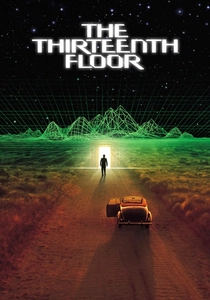
The Thirteenth Floor (1999)
Description: Focuses on simulated realities and the existential crisis that arises when characters discover their world might not be real.
Fact: The film is based on the novel 'Simulacron-3' by Daniel F. Galouye. It was one of the first movies to explore virtual reality themes before they became mainstream.
 Watch Now
Watch Now 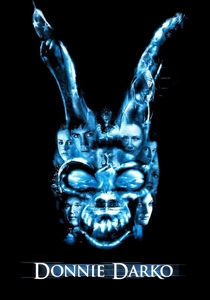
Donnie Darko (2001)
Description: Mixes psychological thriller elements with science fiction, featuring a protagonist who experiences visions and alternate realities, leading to a mind-bending conclusion.
Fact: The film's cult following led to a director's cut that clarified some of the more ambiguous plot points. The eerie bunny mask worn by Frank was custom-made for the movie.
 Watch Now
Watch Now 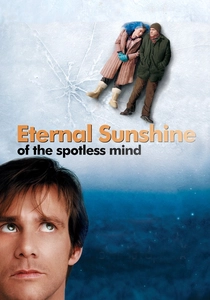
Eternal Sunshine of the Spotless Mind (2004)
Description: Examines memory and identity through a nonlinear storyline, where the protagonist undergoes a procedure to erase painful memories, leading to surreal and introspective sequences.
Fact: The film's title is taken from a line in Alexander Pope's poem 'Eloisa to Abelard.' Many of the dream sequences were shot in reverse to create a disorienting effect.
 Watch Now
Watch Now 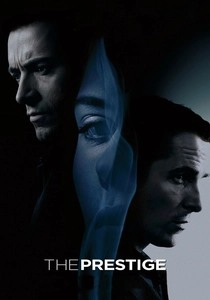
The Prestige (2006)
Description: Revolves around obsession, deception, and the lengths people go to for their craft, with a narrative structure that keeps the audience guessing until the very end.
Fact: The film's title refers to the third act of a magic trick: the prestige is the final reveal. All the tricks shown in the movie are based on real historical illusions.
 Watch Now
Watch Now 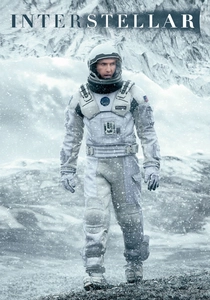
Interstellar (2014)
Description: Combines science fiction with deep emotional and philosophical themes, particularly the manipulation of time and space, and the human connection across dimensions.
Fact: The black hole visuals were created based on real scientific equations provided by physicist Kip Thorne. The cornfield scenes were shot in a real cornfield that was planted for the movie.
 Watch Now
Watch Now 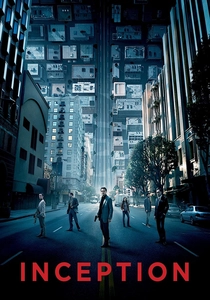
Inception (2010)
Description: Explores the concept of layered realities and dreams within dreams, creating a complex narrative that blurs the line between what's real and what's imagined.
Fact: The spinning top at the end was left ambiguous intentionally to spark debate among viewers. The hallway fight scene used a rotating set to simulate zero gravity.
 Watch Now
Watch Now 
Predestination (2014)
Description: A time-travel narrative that twists and turns, exploring identity and fate in a way that challenges the viewer's understanding of cause and effect.
Fact: The film is based on Robert A. Heinlein's short story 'All You Zombies.' The protagonist's gender-bending role required extensive makeup and special effects to achieve.
 Watch Now
Watch Now 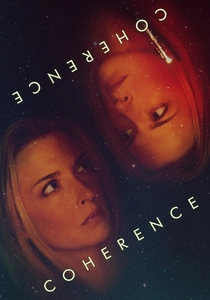
Coherence (2013)
Description: Uses a low-budget approach to tell a story about parallel realities and the chaos that ensues when characters encounter alternate versions of themselves.
Fact: The film was shot in just five nights, with much of the dialogue improvised by the actors. The script was only 12 pages long, with the rest of the film developed through rehearsals.
 Watch Now
Watch Now 
